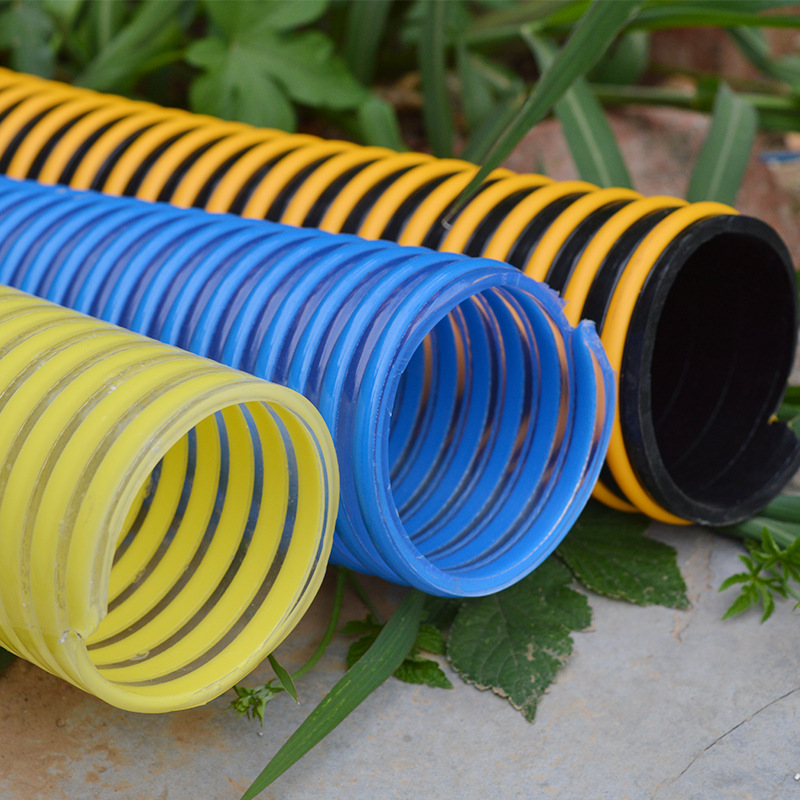High-Quality Polyurethane Air Tubing - Durable & Flexible Solutions
Understanding Polyurethane Air Tubing A Versatile Solution for Industries
Polyurethane air tubing has gained significant recognition across various industrial sectors due to its exceptional properties and versatile applications. Engineered from polyurethane, this type of tubing offers remarkable flexibility, durability, and resistance to abrasion, making it an ideal choice for a multitude of uses.
One of the key advantages of polyurethane air tubing is its excellent flexibility. Unlike traditional materials such as PVC, polyurethane tubing can bend and twist without losing its shape or integrity. This flexibility allows for easier installation and adaptability in tight spaces, making it perfect for intricate configurations in pneumatic systems. Whether in manufacturing plants, automotive environments, or even office settings, this tubing can be used efficiently without compromising on performance.
Durability is another hallmark of polyurethane air tubing. It possesses high tensile strength and is resistant to wear and tear, enabling it to withstand the rigors of demanding applications. Moreover, polyurethane is less prone to cracking than other materials, which extends the lifespan of the tubing. This durability translates into lower replacement costs and reduced downtime in industrial operations, ultimately leading to enhanced productivity.
In addition to its flexibility and durability, polyurethane tubing also exhibits excellent resistance to chemicals and environmental factors. It can endure exposure to various chemicals often encountered in manufacturing processes without degrading. This resistance makes it suitable for applications in chemical processing plants, food and beverage industries, and other sectors where tubing may come into contact with harsh substances.
polyurethane air tubing

Another essential aspect of polyurethane air tubing is its lightweight nature. Compared to traditional metal or rubber tubing, polyurethane is significantly lighter, which contributes to easier handling and installation. Additionally, the reduced weight can lead to energy savings in systems that rely on compressed air, as less energy is required for transportation and manipulation.
Polyurethane air tubing is also characterized by its wide temperature tolerance. It maintains its performance in a range of temperatures, from sub-zero conditions to elevated heat, making it suitable for various environments, including outdoor applications where temperature fluctuations are common.
Furthermore, the tubing is available in a variety of sizes and diameters, allowing businesses to select the most appropriate configuration for their specific needs. Custom solutions can also be designed to meet unique requirements, enhancing the tubing’s applicability in specialized fields.
A popular choice for pneumatic systems, polyurethane air tubing not only contributes to efficient fluid transfer but also supports various applications such as robotics, printing, and medical devices. Its ability to streamline operations while ensuring reliability has made it a preferred material for engineers and designers.
In conclusion, polyurethane air tubing stands out as an innovative solution with versatile applications across multiple industries. Its combination of flexibility, durability, chemical resistance, lightweight nature, and temperature tolerance makes it an invaluable component in pneumatic systems and beyond. As industries continue to evolve, the use of polyurethane tubing is expected to expand further, underpinning the enhanced performance of systems that rely on fluid transfer.
-
Top Quality Oxy Acetylene Hoses for Sale Fit for Welding DemandsNewsJul.28,2025
-
The Future of Pneumatic Air Tubes in IndustryNewsJul.28,2025
-
Superior and Reliable LPG Hose Pipe Solutions for Every NeedNewsJul.28,2025
-
Exceptionally Durable and Versatile Premium Braided PVC TubingNewsJul.28,2025
-
Best Adapters for Connecting Garden Hose to PVC Pipe ConnectionsNewsJul.28,2025
-
The Essential Role of LPG Hoses in Safe and Efficient Gas DistributionNewsJul.16,2025














